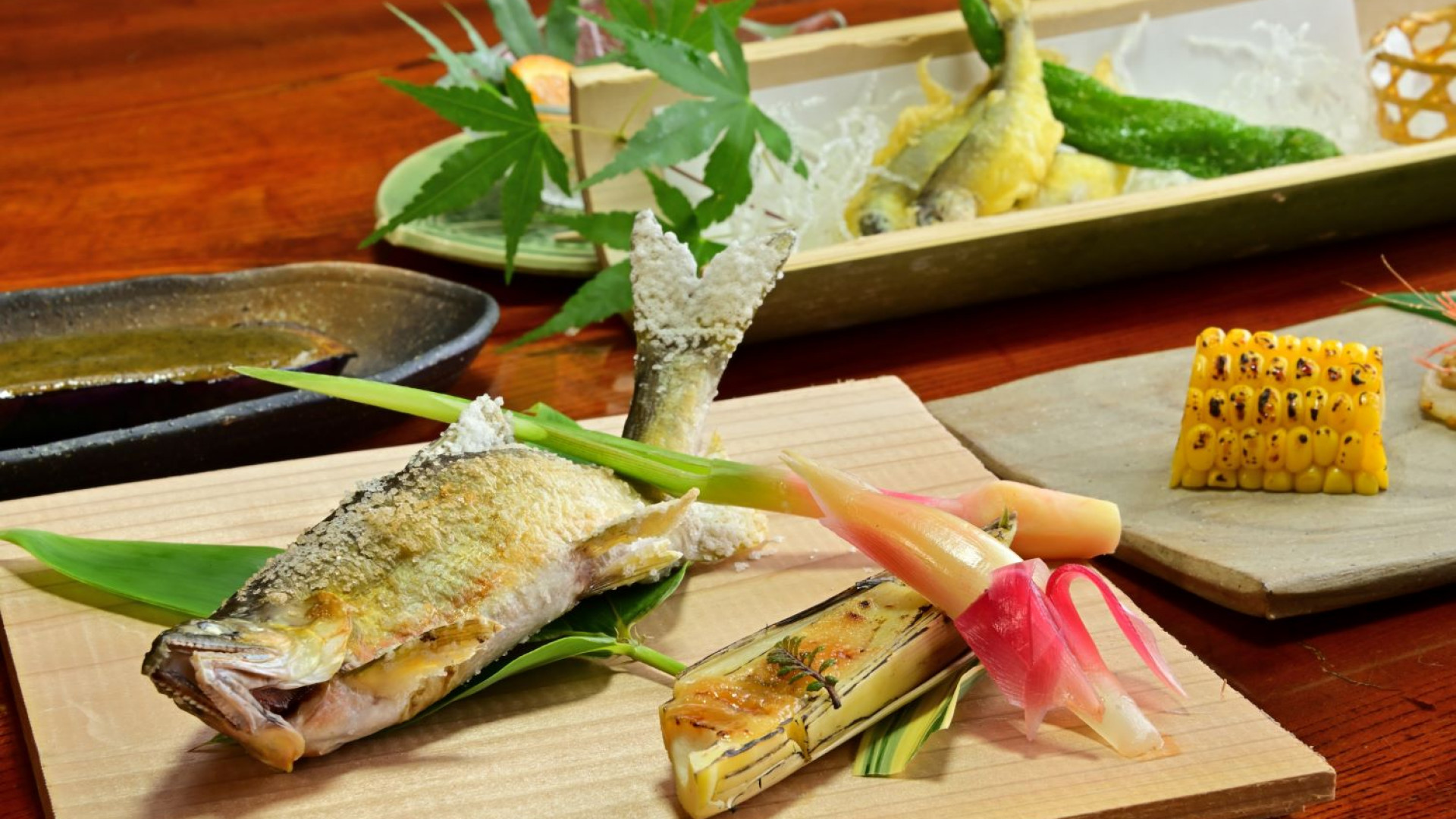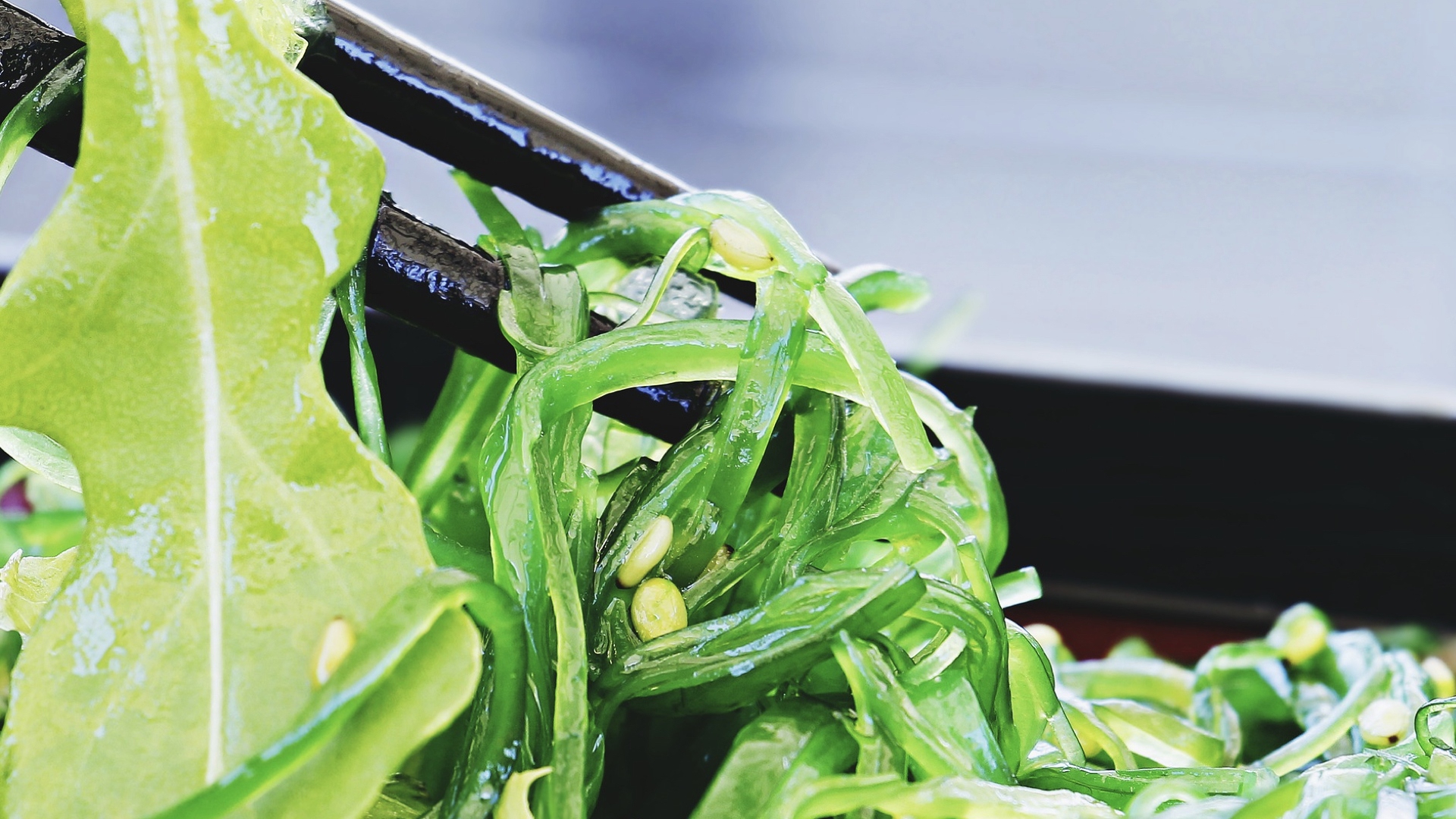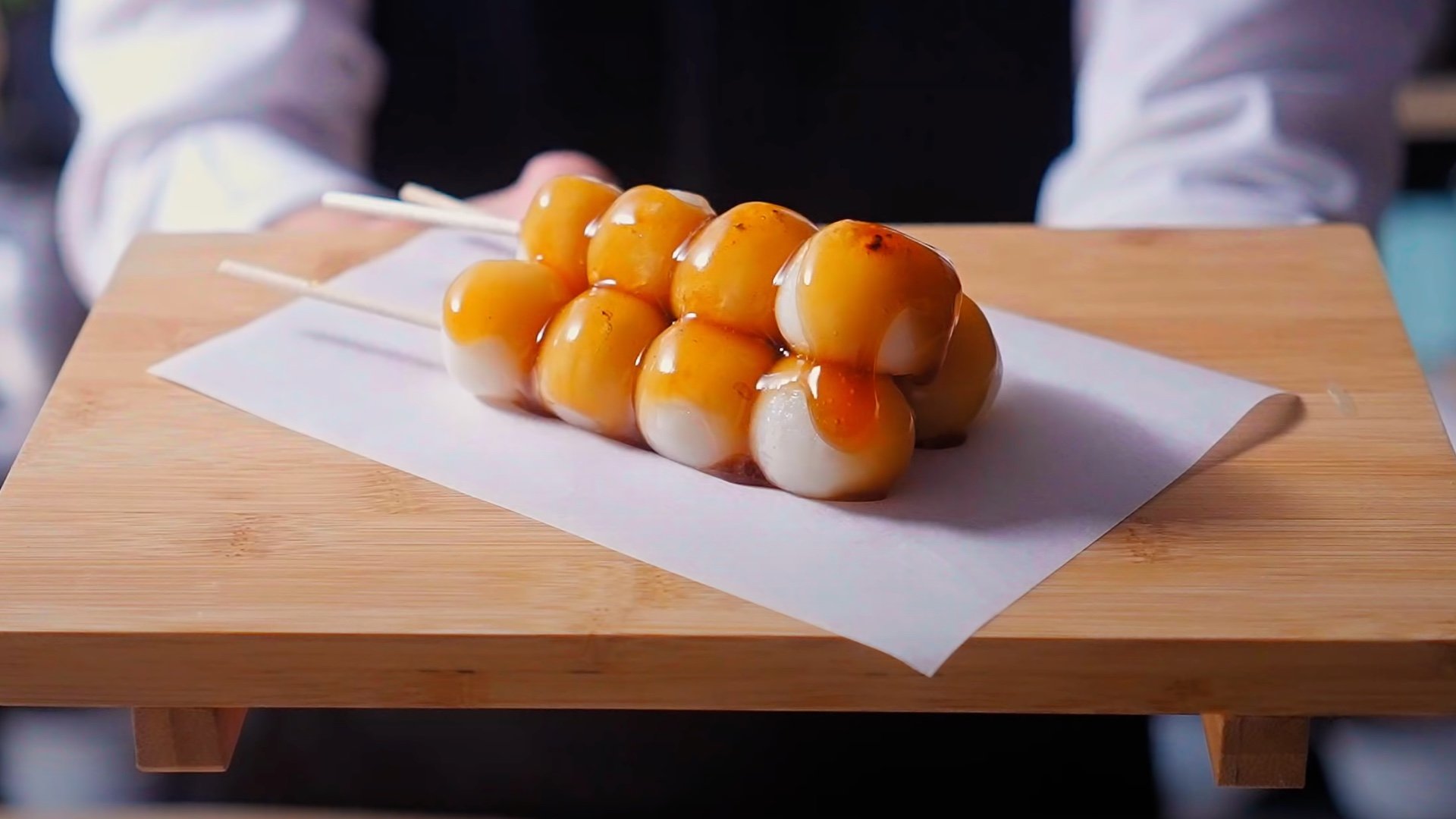Embark on a culinary journey to Nara, Japan, where tradition meets innovation in the form of Kakinoha Zushi. This unique sushi variant, wrapped in persimmon leaves, not only delights the palate but also showcases the rich cultural heritage of the region. Join us as we explore the origins, cultural significance, and the evolving food trend surrounding Nara’s Kakinoha Zushi.
Origins of Kakinoha Zushi
Ancient Roots
Kakinoha Zushi has ancient roots, dating back to the Nara period (710-794 AD), making it a culinary tradition that spans over a millennium. The practice of wrapping sushi in persimmon leaves is believed to have originated as a method of preservation, allowing people to enjoy sushi during the harvest season and beyond.
Symbol of Prosperity
Persimmon trees, known as “kaki” in Japanese, have long been associated with good fortune and prosperity. The use of persimmon leaves to wrap sushi not only imparted a unique flavor but also carried symbolic significance, symbolizing a bountiful and prosperous harvest.
Cultural Significance of Kakinoha Zushi
Seasonal Celebration
Kakinoha Zushi is closely tied to seasonal celebrations, particularly during the autumn harvest when persimmons are abundant. The dish reflects the Japanese culinary philosophy of “shun,” emphasizing the use of seasonal ingredients at the peak of their freshness.
Preservation Techniques
Historically, persimmon leaves served a dual purpose in Kakinoha Zushi. Beyond adding a distinctive flavor, the leaves helped preserve the sushi by imparting natural antimicrobial properties. This method allowed communities to store and enjoy sushi for an extended period.
Food Trend: Kakinoha Zushi Revival
While Kakinoha Zushi has a long-standing tradition, a contemporary food trend is emerging, signaling a revival of this unique sushi variant with modern interpretations and innovations.
Artisanal Sushi Crafting
Artisanal sushi makers are reviving the craft of Kakinoha Zushi, creating meticulously crafted sushi using traditional techniques. These artisans focus on preserving the authenticity of the dish while incorporating a heightened sense of culinary artistry.
Creative Fillings and Combinations
Contemporary chefs are experimenting with creative fillings and combinations to enhance the flavor profile of Kakinoha Zushi. While the traditional version often features mackerel or other preserved fish, modern variations may include a diverse range of ingredients, from fresh seafood to vegetarian options.
Inclusion in Upscale Menus
Upscale restaurants and sushi establishments are incorporating Kakinoha Zushi into their menus, presenting it as a delicacy that marries tradition with luxury. These establishments often emphasize the use of high-quality ingredients and meticulous presentation to elevate the dining experience.
Where to Experience Kakinoha Zushi
For those eager to experience the unique flavors of Kakinoha Zushi, various culinary destinations in Nara and beyond provide opportunities to savor this ancient sushi delicacy.
Traditional Sushi Shops in Nara
Visiting traditional sushi shops in Nara, particularly those with a focus on preserving culinary heritage, offers an authentic experience of Kakinoha Zushi. These establishments often source local ingredients and adhere to time-honored preparation methods.
Contemporary Sushi Restaurants
Contemporary sushi restaurants in urban centers may feature modern interpretations of Kakinoha Zushi on their menus. These establishments provide an opportunity to taste innovative variations of the traditional dish in a sophisticated setting.
Culinary Events and Festivals
Culinary events and festivals in Japan frequently celebrate regional specialties, including Kakinoha Zushi. Attendees can explore different interpretations of the dish, learn about its cultural significance, and engage with local chefs who are passionate about preserving this culinary heritage.
Embracing Kakinoha Zushi: A Culinary Heritage
In conclusion, Kakinoha Zushi invites us to embrace a culinary heritage that transcends time, blending tradition with contemporary flair. Whether savoring the authentic flavors in Nara’s traditional sushi shops, exploring modern interpretations in upscale restaurants, or experiencing the dish at culinary events, Kakinoha Zushi offers a unique glimpse into Japan’s rich cultural tapestry. So, let Kakinoha Zushi be your guide to a flavorful journey that celebrates the essence of tradition and the spirit of innovation, all wrapped in the delicate embrace of persimmon leaves.…





